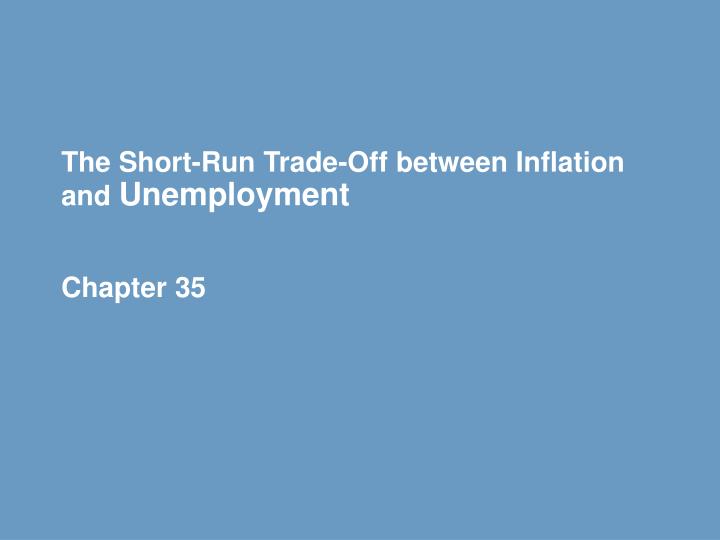Lithium is one of the most important elements for our transition to a lower-carbon future. Lithium batteries are replacing the fuel in combustion engines in a variety of applications. As the penetration of electric vehicles rapidly grows, demand for lithium has grown exponentially. “New energy car sales in January didn’t meet our expectation, with a rare year-on-year decline in a single month’s sales,” Cui Dongshu, secretary general of CPCA, has revealed in an online briefing on Wednesday.
The global market is consolidated with production concentrated in the hands of a few key manufacturers. Albemarle; SQM; Livent Corp.; Orocobre Ltd.; Ganfeng Lithium Co., Ltd.; and Tianqi Lithium are among the key producers in the world. The manufacturers are mainly located in the Americas, Asia, and Australia.
Asia Pacific is rapidly developing due to various government initiatives and increasing foreign investments in the industrial sector. The easy availability of raw materials is considered one factor supporting the market growth. A surge in electric vehicle sales due to rise in per capita disposable income and user preferences will drive the LIB market. The demand for rechargeable batteries declined due to the coronavirus outbreak, thus contributing to the downfall of the automotive industry. As per the BloombergNEF forecast, battery consignments to carmakers fell by about 14% in 2020.
Lithium prices in focus
To meet the plans and targets pertaining to EV and battery sectors, various countries in the region are witnessing developments in the industry. The market in North America is likely to rise considerably during the lithium market forecast period. The increasing adoption of cleaner energy sources due to stringent regulatory rules is surging regional growth. The Environmental Protection Agency (EPA) has various schemes and funding programs that support the usage of green and sustainable sources of energy like solar, wind, geothermal, and others. The increasing adoption of solar panels has created a substantial demand for cells and batteries to store energy. Asia Pacific is estimated to hold the largest lithium market share, owing to widespread product usage in the industrial and commercial sectors, including power, consumer electronics, chemical, industrial, general manufacturing, and others.
- In its November report, MI forecast the average lithium carbonate price will fall 10% year on year in 2023 to $45,833/mt CIF Asia with the growing supply.
- Looking over to the supply side of the story, 2021 saw merger and acquisition activity pick up pace, as producers and developers prepared to meet the increasing demand for lithium.
- LiOH is a white hygroscopic crystalline material and an inorganic compound mostly used by battery manufacturers; it is commercially available as anhydrous and monohydrate.
- My feeling is that they’re just overwhelmed with requests for information and don’t have the resources or staff to answer them.
- A decision by world No. 2 producer Chile to nationalise its lithium sector may curb long-term supply growth, but it is not expected to have an immediate impact, analysts said.
- Final cell capacities are given in Wh/kg for NMC333, LFP and LMO batteries, as well as the mass of cathode per unit mass of finished cells (which are roughly 25-27% for the cells of interest).
The issues impacting the lithium battery industry are expected to last well into 2022. “Even assuming that all newly planned lithium projects come on stream with no delays, we still see a supply-demand gap, given the stated targets of OEMs and battery manufacturers, driven by government targets and customer demand for EVs,” Wedin said. Prices have since declined on the back of downstream precursor and battery maker production cuts, a stark contrast to the same quarter last year when demand boomed. Also in 2012, the automotive sector accounted for 14% of the Li-ion battery market. By the end of 2016, this will grow to as much as 25% by the end of 2016. It is interesting to note that in Appendix of Kushnir’s presentation, compositions of batteries are given for resource recovery through recycling.
Launched a 50-megawatt energy system connected with the high-voltage transmission system of its National Grid. This project is a part of the USD 48.5 million Energy Superhub Oxford (ESO) plan for the country. Some lithium miners have been hit by easing prices during the past few months, but producers also remain positive about the need for lithium this year. Even though they are moving to more sustainable levels, Fastmarkets is expecting prices to remain volatile. Following a 2021 that saw lithium rally to all-time highs, prices began to stabilize in 2022.
The lithium market outperformed expectations in 2021, with prices traded on the Chinese and international spot market rising to well above US$30 per kilogram, George Miller of Benchmark Mineral Intelligence told INN. Monthly and twice monthly detailed assessments of sensitive what is lexatrade and how to use it market data such as supply and demand, and plant production and capacities. I was curious about how the rising cost of lithium is impacting the lithium battery industry in the U.S., so I asked Alex Pisarev, the CEO of California-based lithium-ion battery supplier OneCharge.
Argentina Lithium Announces US$90 Million Investment by Stellantis in ARS$ Equivalent
Then in 1817, a chemist in Sweden found that petalite contained a previously unknown element. While he was able to isolate one of the salts, he failed to isolate the mineral completely. It was in 1855 when a British and a German chemist were able to separate the metal entirely. This discovery led to the commercial production of lithium metal which began in Germany in 1923.
Investors can read a company presentation here, or my article when Core Lithium was back at A$0.055 here. This FREE sample includes market data points, uk defence stocks ranging from trend analyses to market estimates & forecasts. Free report customization (equivalent up to 8 analysts’ working days) with purchase.
Final cell capacities are given in Wh/kg for NMC333, LFP and LMO batteries, as well as the mass of cathode per unit mass of finished cells (which are roughly 25-27% for the cells of interest). From the figures in his Appendix A, one calculates a range of 106 g Li/kWh for NMC333 to 137 g/kWh for LMO, how to buy crypto plus about 10% for the Li in the salt in the electrolyte. Sigma is developing a world class lithium hard rock deposit with exceptional mineralogy at its Grota do Cirilo Project in Brazil. SQM’s Salar de Atacama operation becomes the world’s first lithium mining operation to achieve IRMA 75…
Total lithium demand by sector and scenario, 2020-2040
Latin America accounts for around 70% of the world’s lithium reserves, where the metal is used in rechargeable batteries for EVs and mobile phones. Chile’s government is allowing new entrants as the region’s market is consolidated in nature. On the basis of end-user, the market is segmented into automotive, consumer electronics, industrial, energy storage, and others. On the basis of application, the market is segmented into batteries, glass & ceramics, lubricant, polymers, metallurgy, medical, air treatment, and others. Lithium extraction has a significant social and environmental impact, especially due to water depletion and pollution. Releasing such toxic chemicals through air emission, leaching, or spills can harm the ecosystem, food production, and communities.
Why Benchmark Lithium Prices?
It can increase energy density by approximately 15-20% at a similar price. Additionally, the company unveiled a new “side cell” form factor that shifts the positive and negative terminals from the top and bottom of the battery cell to the side. This design allows for the addition of a cooling system on the top and bottom, enhancing thermal safety. The COVID-19 pandemic has rattled global industrial production by disrupting the raw materials as well as intermediates of the supply chain. Companies are remodeling their supply chains, especially industries that are dependent on import business. Domestic China lithium salt prices were up by around 350 percent since the start of 2021, with CIF China, Japan, Korea carbonate prices up by 374 percent and hydroxide prices up by 245 percent, as per the firm’s data.
More than half of the 26 companies expected Chinese lithium prices to average below Yuan 500,000/mt in 2023 and North Asian lithium prices to average below $70,000/mt, according to the latest Platts’ Battery Metals Outlook Survey. You can directly buy stocks in companies involved in lithium mining or in Li-ion battery production. Or you can get involved in funds that invest in companies of this type. The past month saw a continued fall in lithium carbonate spot prices in China, now close to the level where they bottomed in late April 2023 (see chart below). “The likely supply surge and downstream overcapacity are set to bring lithium prices down subsequently in the medium term,” GS said in a Feb. 23 note.
The lithium decade is unfolding at a rapid pace, with investors paying more and more attention to developments in the battery sector as demand for essential metals used to power EVs continues to surge. Many shared the view that the global lithium market would remain tightly balanced, limiting lithium’s price decline into 2023. In its November report, MI forecast the average lithium carbonate price will fall 10% year on year in 2023 to $45,833/mt CIF Asia with the growing supply. This would put the market in a small surplus of 2,000 mt in 2023, improving from a deficit of 15,000 mt in 2022. A survey of Asian market participants presented a more conservative view of lithium prices.
For instance, BMW Group signed an agreement with Ganfeng Lithium, a lithium extracting company in China, for supplying LiOH for battery cells owing to the rising penetration of EVs. Rising awareness regarding eco-friendly vehicles is driving the demand for EVs on account of which, BMW has planned to introduce 25 electrified models with Li-ion batteries. What these things all mean is that the demand for lithium-ion batteries will rise even further. The price of lithium carbonate is up by 47% from 2015 and the year 2017 will see increased sales of pure electric cars. Add the fact that Li-ion batteries are also used for mobile devices such as smartphones, tablets, laptops, and other wearable devices, and the demand for the commodity will surely increase as well. Key factors that are driving the lithium market are rising demand for lithium-ion batteries in electric vehicles and electronic products such as smartphones, laptops, portable speakers, and tablets.



